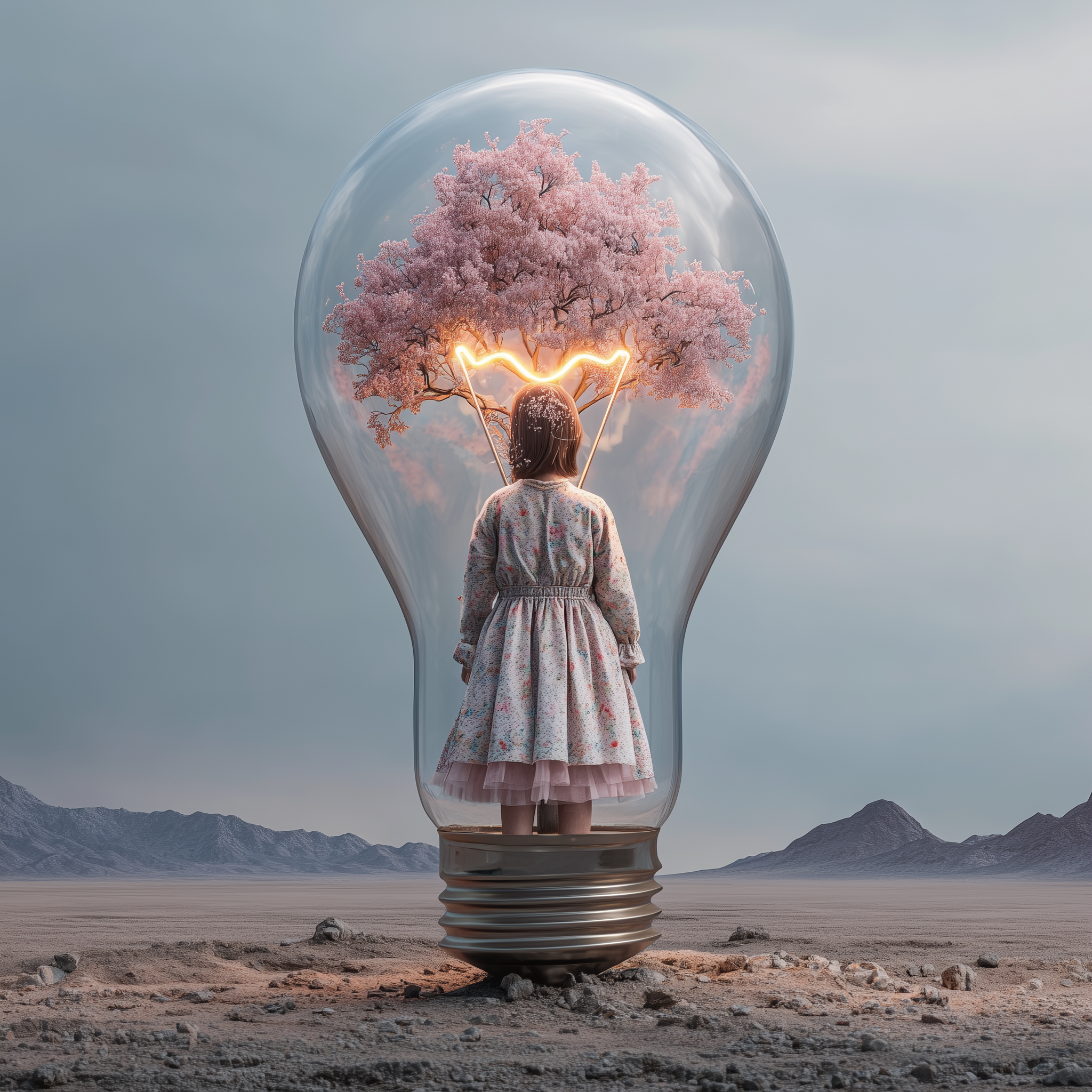

If you want to create something new in this world you have to start with an idea. But have you ever thought about where ideas come from?
“The creation of something new is not accomplished by the intellect but by the play instinct acting from inner necessity.”
— Carl Jung
Carl Jung seemed to think creativity starts from the play instinct. The childish sense of wonder and exploration where you play around with something until you have figured what to press and what to pull to get a certain reaction. The simple act of testing causality.
Generative models can look spontaneous. Their flashes of surprise feel alive. But beneath the surface, they move within boundaries and patterns shaped by loss functions, reward signals, and the soft roll of randomness across what they’ve already learned.
AI does not play for its own sake. It mirrors our play. It rearranges the fragments of culture we’ve fed it, reflecting them back as new combinations.
Margaret Boden once described three kinds of creativity:
· Combinational, where familiar things meet in unfamiliar ways. AI wins.
· Exploratory, where we wander within an existing style or system. AI wins.
· Transformational, where we change the system itself. Humans win.
AI moves easily through the first two. It can explore vast territories of form faster than we can imagine. But transformation, the act of shifting the rules, usually begins when we as humans change what we are aiming for.
From a Jungian view creativity is not just novelty. It’s a kind of self-becoming, a reshaping of the inner world. And that’s the difference. AI has no inner world to reshape.
So AI’s creativity is real but not alive. It generates patterns within the space of culture while giving it meaning still belongs to us humans.
AI doesn’t play. It lets us as humans play more deeply, widening the field of images we can move through but leaving the work of transformation where it has always been: in the human psyche.